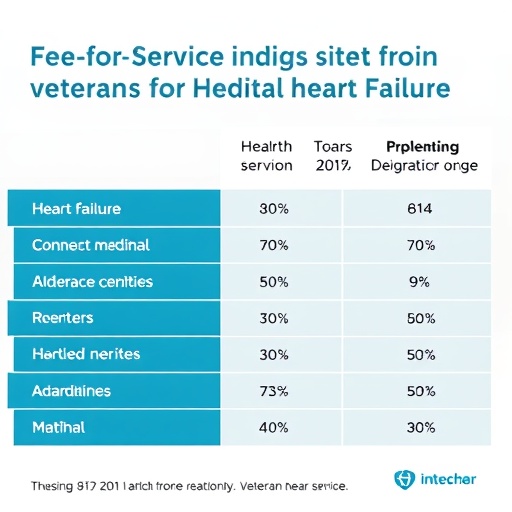HOUSTON – (June 21, 2021) – Diamond may be just a phase carbon goes through when exposed to a flash of heat, but that makes it far easier to obtain.
The Rice University lab of chemist James Tour is now able to “evolve” carbon through phases that include valuable nanodiamond by tightly controlling the flash Joule heating process they developed 18 months ago.
Best of all, they can stop the process at will to get product they want.
In the American Chemical Society journal ACS Nano, the researchers led by Tour and graduate student and lead author Weiyin Chen show that adding organic fluorine compounds and fluoride precursors to elemental carbon black turns it into several hard-to-get allotropes when flashed, including fluorinated nanodiamonds, fluorinated turbostratic graphene and fluorinated concentric carbon.
With the flash process introduced in 2020, a strong jolt of electricity can turn carbon from just about any source into layers of pristine turbostratic graphene in less than a second. (“Turbostratic” means the layers are not strongly bound to each other, making them easier to separate in a solution.)
The new work shows it’s possible to modify, or functionalize, the products at the same time. The duration of the flash, between 10 and 500 milliseconds, determines the final carbon allotrope.
The difficulty lies in how to preserve the fluorine atoms, since the ultrahigh temperature causes the volatilization of all atoms other than carbon. To overcome the problem, the team used a Teflon tube sealed with graphite spacers and high-melting-point tungsten rods, which can hold the reactant inside and avoid the loss of fluorine atoms under the ultrahigh temperature. The improved sealed tube is important, Tour said.
“In industry, there has been a long-standing use for small diamonds in cutting tools and as electrical insulators,” he said. “The fluorinated version here provides a route to modifications of these structures. And there is a large demand for graphene, while the fluorinated family is newly produced here in bulk form.”
Nanodiamonds are microscopic crystals — or regions of crystals — that display the same carbon-atom lattice that macro-scale diamonds do. When first discovered in the 1960s, they were made under heat and high pressure from detonations.
In recent years, researchers have found chemical processes to create the same lattices. A report from Rice theorist Boris Yakobson last year showed how fluorine can help make nanodiamond without high pressure, and Tour’s own lab demonstrated using pulsed lasers to turn Teflon into fluorinated nanodiamond.
Nanodiamonds are highly desirable for electronics applications, as they can be doped to serve as wide-bandgap semiconductors, important components in current research by Rice and the Army Research Laboratory.
The new process simplifies the doping part, not only for nanodiamonds but also for the other allotropes. Tour said the Rice lab is exploring the use of boron, phosphorous and nitrogen as additives as well.
At longer flash times, the researchers got nanodiamonds embedded in concentric shells of fluorinated carbon. Even longer exposure converted the diamond entirely into shells, from the outside in.
“The concentric-shelled structures have been used as lubricant additives, and this flash method might provide an inexpensive and fast route to these formations,” Tour said.
Co-authors of the paper are Rice graduate students John Tianci Li, Zhe Wang, Wala Algozeeb, Emily McHugh, Kevin Wyss, Paul Advincula, Jacob Beckham and Bo Jiang, research scientist Carter Kittrell and alumni Duy Xuan Luong and Michael Stanford. Tour is the T.T. and W.F. Chao Chair in Chemistry as well as a professor of computer science and of materials science and nanoengineering at Rice.
The Air Force Office of Scientific Research and the Department of Energy supported the research.
###
Read the abstract at https:/
This news release can be found online at https:/
Related materials:
Rice lab turns trash into valuable graphene in a flash: http://news.
Tour Group: https:/
Department of Chemistry: https:/
Wiess School of Natural Sciences: https:/
Images for download:
https:/
https:/
https:/
Located on a 300-acre forested campus in Houston, Rice University is consistently ranked among the nation’s top 20 universities by U.S. News & World Report. Rice has highly respected schools of Architecture, Business, Continuing Studies, Engineering, Humanities, Music, Natural Sciences and Social Sciences and is home to the Baker Institute for Public Policy. With 3,978 undergraduates and 3,192 graduate students, Rice’s undergraduate student-to-faculty ratio is just under 6-to-1. Its residential college system builds close-knit communities and lifelong friendships, just one reason why Rice is ranked No. 1 for lots of race/class interaction and No. 1 for quality of life by the Princeton Review. Rice is also rated as a best value among private universities by Kiplinger’s Personal Finance.
Jeff Falk
713-348-6775
[email protected]
Mike Williams
713-348-6728
[email protected]
Media Contact
Jeff Falk
[email protected]
Original Source
https:/
Related Journal Article
http://dx.





